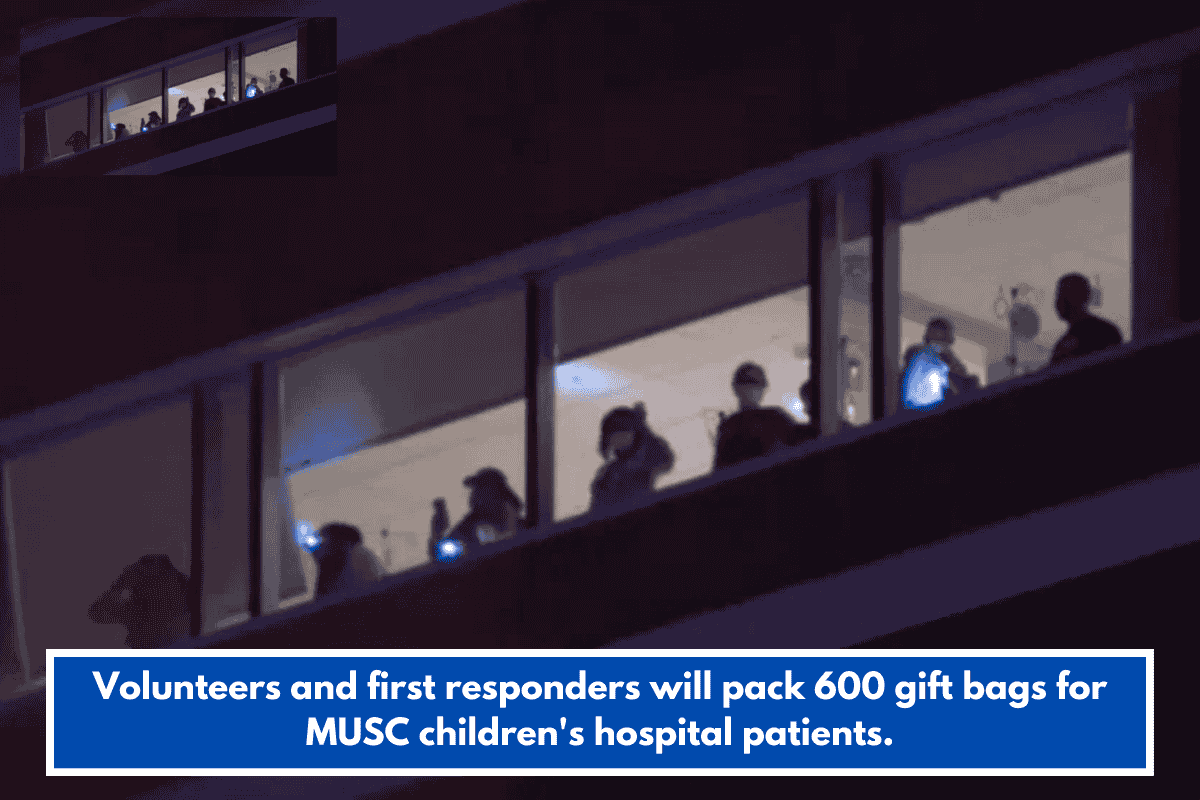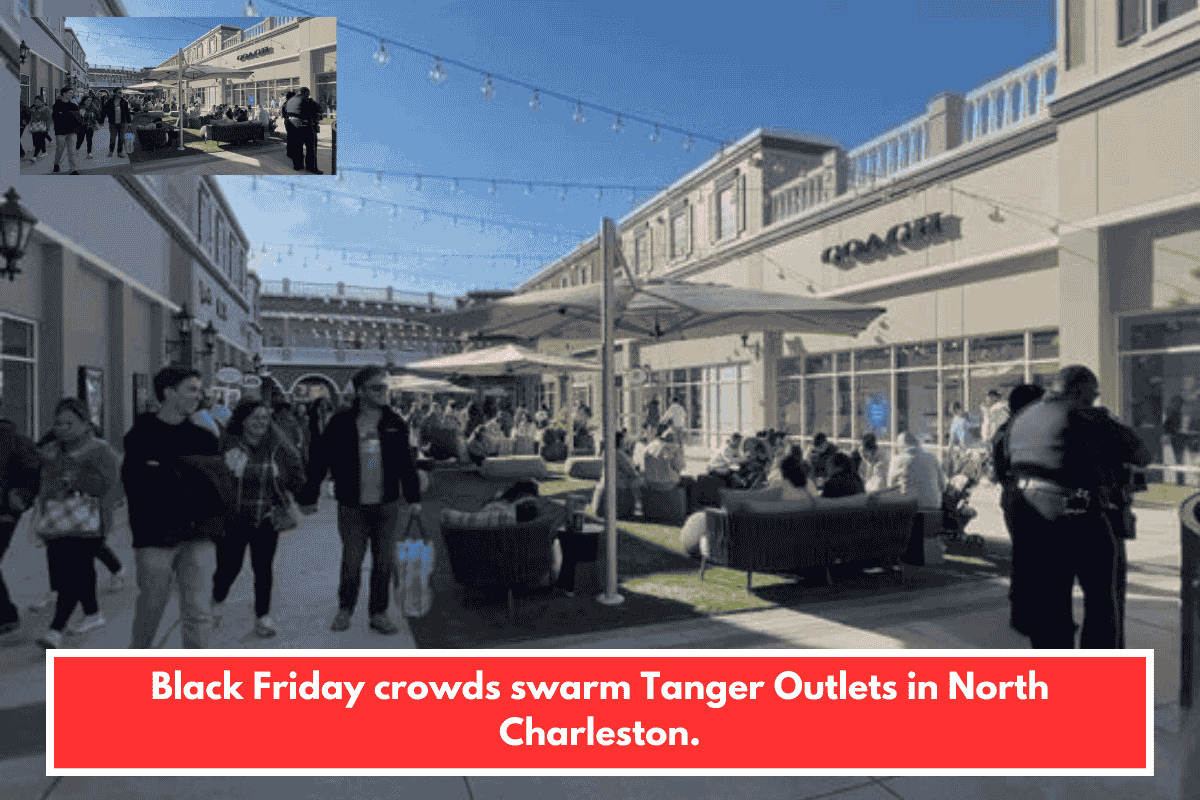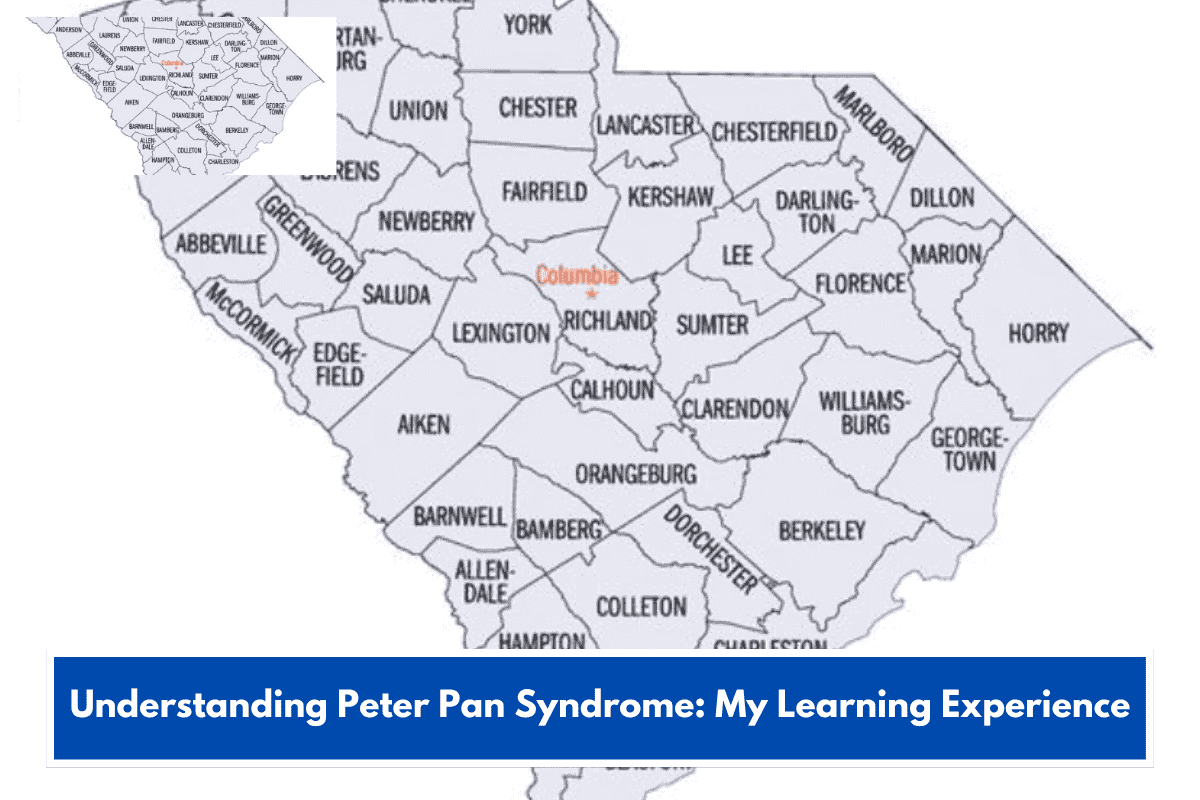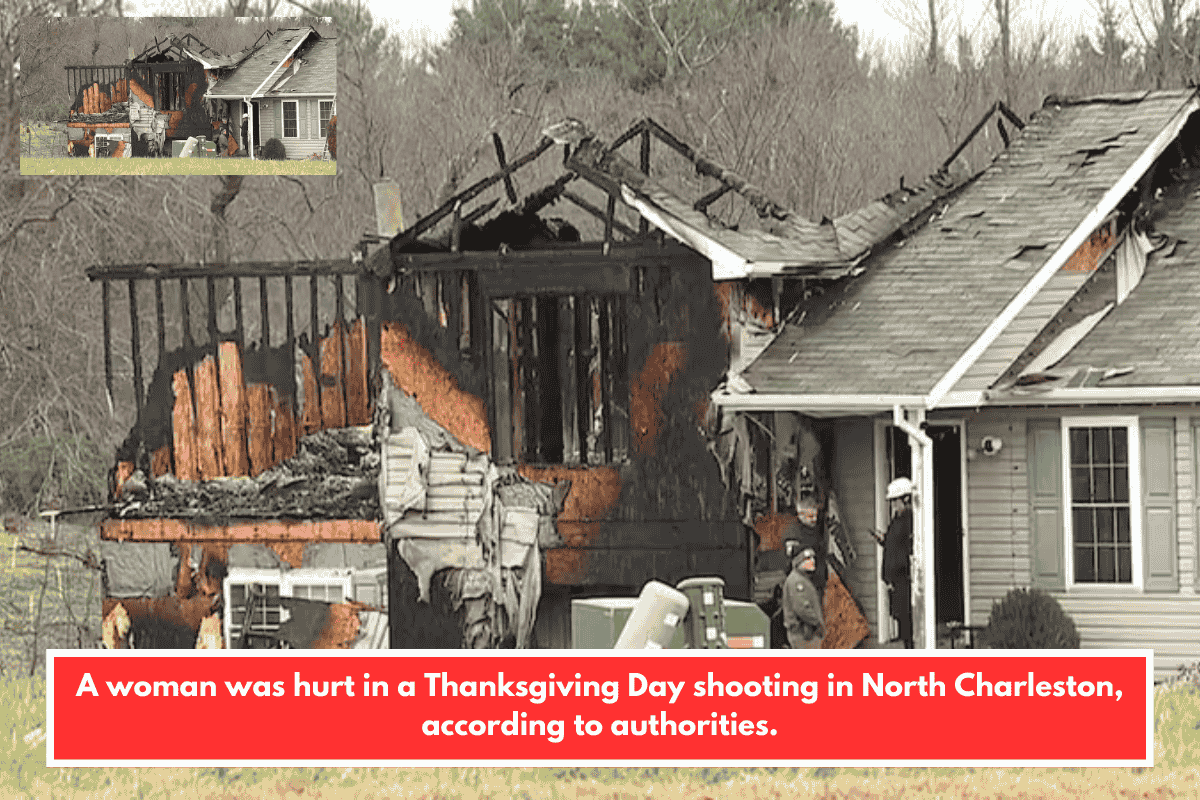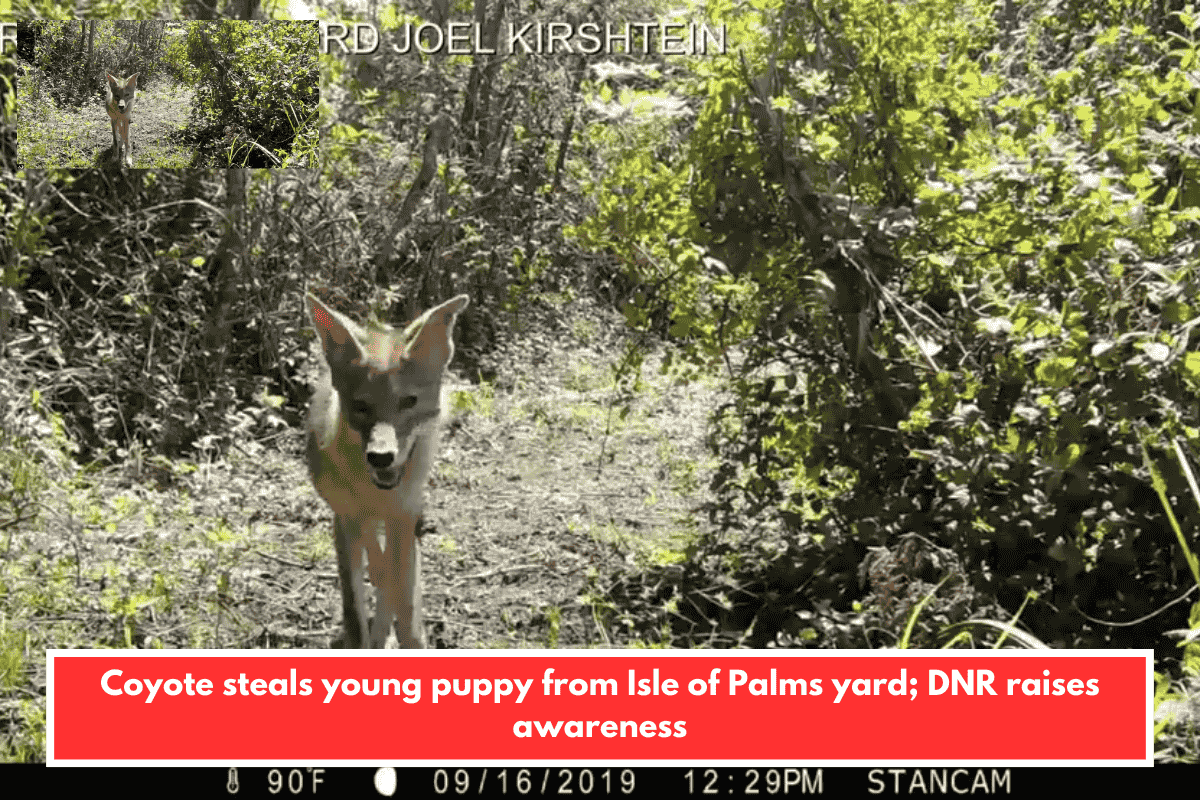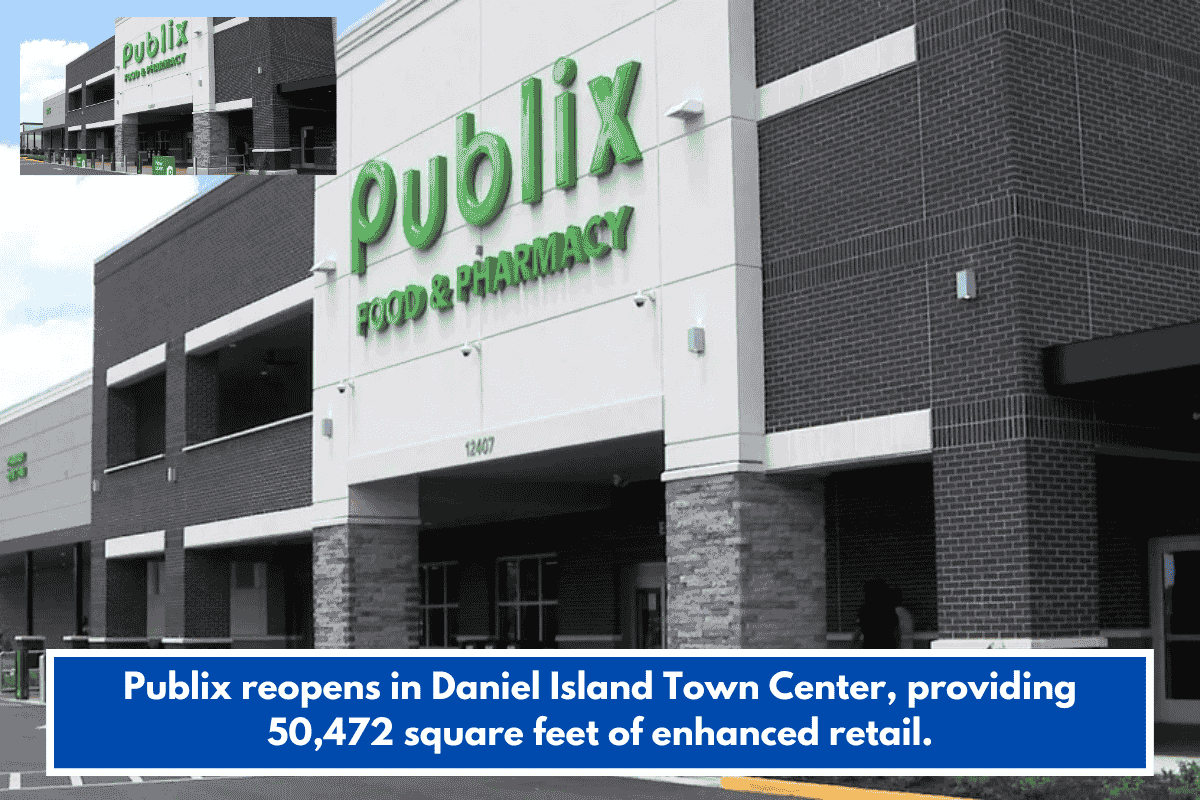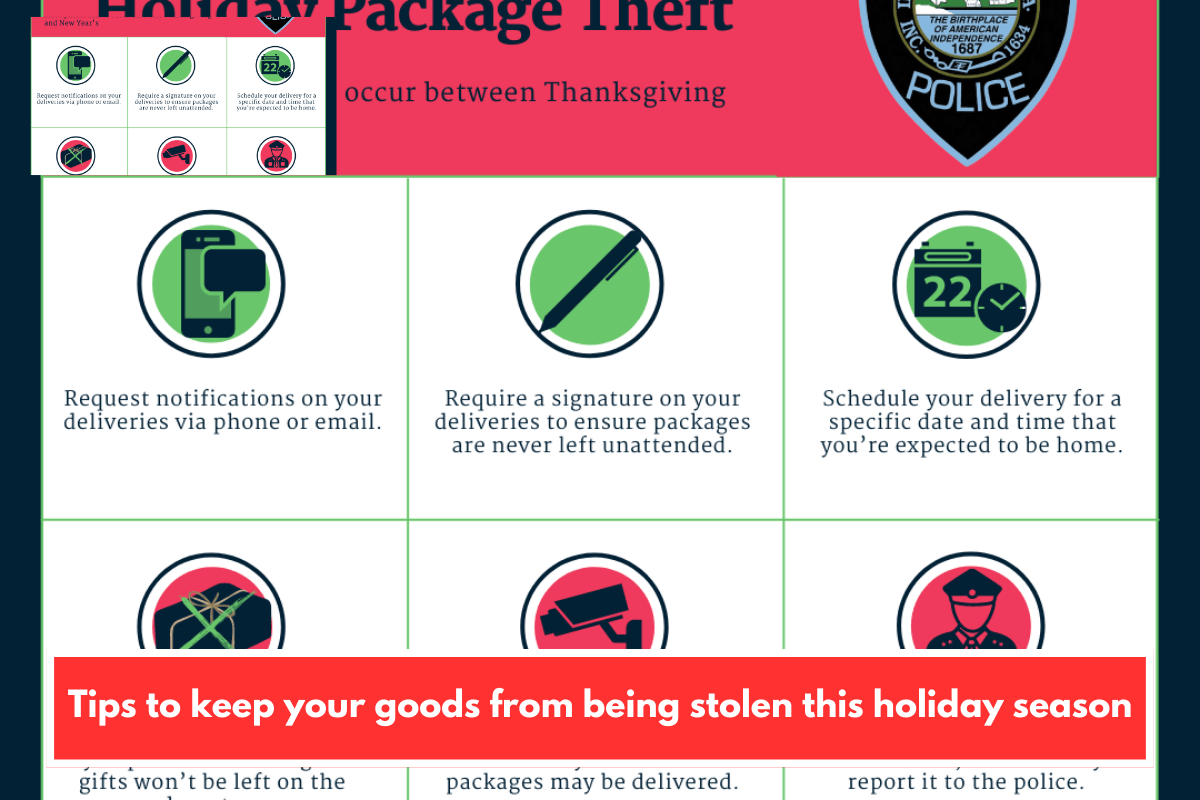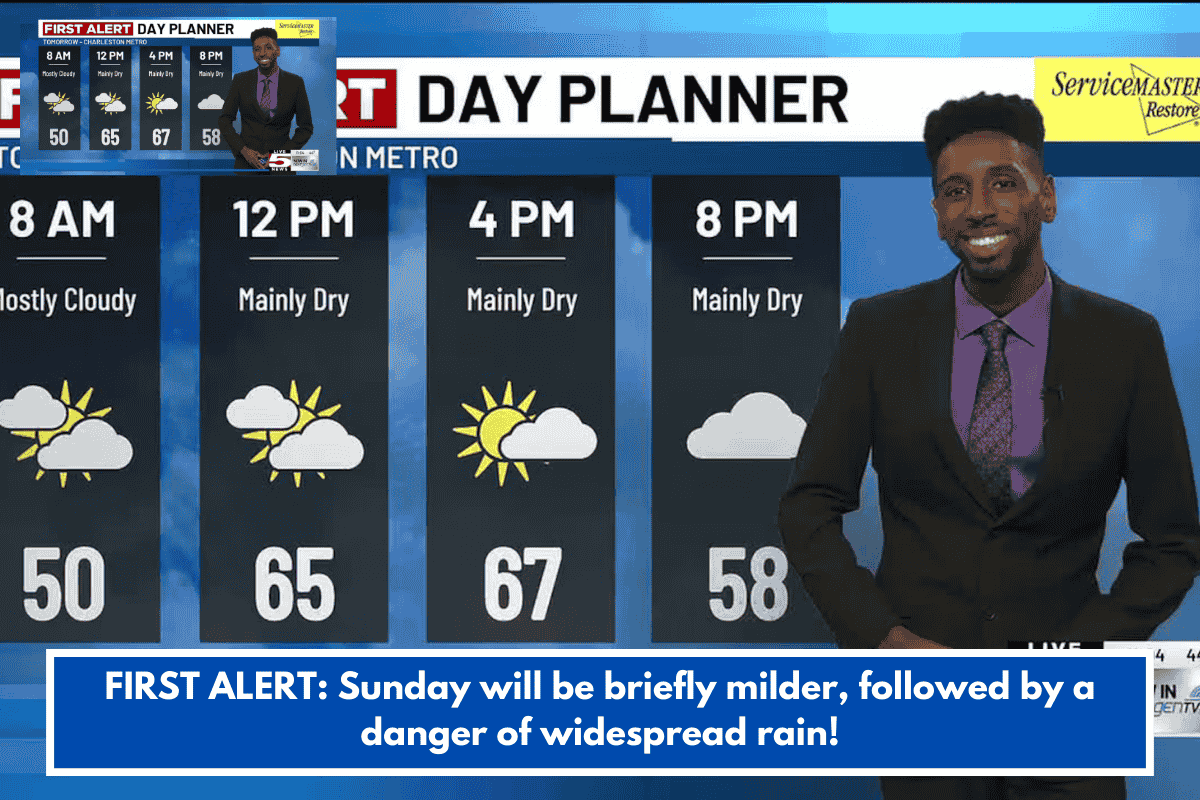When I initially heard about the Charleston home invasion, it didn’t seem like your typical late-night break-in narrative. It happened in full daylight—around noon on a Sunday—right in the heart of downtown. Two males forced their way into a South Enston Avenue home, believing they had control. They did not.
The folks within fought back. One suspect was shot in the arm and the other stabbed in the neck. Both were hospitalized before being taken into custody. It’s not every day that invaders depart a scene with more injuries than their victims.
That is particularly relevant for Charleston residents. You expect calm on a quiet Sunday, not commotion in your living room. And, as someone who has covered local crime for years, I can assure you that this one is unusual. It’s not just about violence; it’s about how swiftly regular people can put their survival instincts into action.
What would you do if you were in their situation – calm daytime, familiar street, and someone breaking in?
What exactly happened inside that downtown home?
According to Count On2 News, police from the Charleston Police Department responded to reports of shooting on South Enston Avenue at noon. When they came, they saw chaos turning to survival: one suspect was bleeding inside, while the other had fled the scene.
Police later stated that two guys, Keon Haynes (26) and Christopher Connor (21) attempted to rob the residents. They didn’t expect resistance. The folks inside battled hard enough to stop them—and lived to tell the tale.
I kept thinking about how fast that reaction had to be. You do not intend to protect your home on a Sunday afternoon. However, in a matter of minutes, these residents shifted the narrative, from victims to defenders. That’s something the local media scarcely mentioned, yet it’s the true core of this story.
When did the police find out who the intruders were?
Live5News later confirmed what detectives suspected: the suspects were not strangers. The preliminary investigations reveal that the intruders and inhabitants knew each other. That isn’t your typical break-in; it alters everything about motivation and trust.
Police said one neighbor was injured by gunfire while disarming a suspect, and Haynes and Connor were treated for non-life-threatening injuries before being booked into the Al Cannon Detention Center.
According to reports, Haynes was already on probation at the time of the incident, which many outlets overlooked but says a lot about repeat offenders.
This, I believe, is the aspect that readers overlook: violence does not always occur between strangers. It occasionally walks through the door, wearing a familiar face.
Interestingly, not every house invasion involves actual invaders; in some situations, the story is made up. A couple from New Jersey was recently charged with faking a home invasion, demonstrating how intricate and unpredictable these cases can become.
Why does this case feel different?
Most home invasion accounts conclude with terror. This one concludes with a bizarre combination of terror and defiance.
It’s unusual to see homeowners turn the tables and injure their attackers.
That reversal makes this narrative not just newsworthy, but also personal — a glimpse into what occurs when instinct meets courage.
And it reveals a larger fact about Charleston: even in well-kept downtown neighborhoods, crime can strike unexpectedly. You cannot always control the threat, but you can choose how prepared you are to confront it.
It reminds me of a recent attempted house invasion in California, where homeowners’ rapid reactions helped turn a potentially deadly scenario around.
What does it mean for you and your neighborhood?
If you reside in or around Charleston, this story is more than simply another headline; it is a wake-up call. I am not suggesting you have to live in fear. I’m arguing that awareness is powerful.
Check your locks. Determine who has access to your home. Talk to your neighbors, even those you merely wave at. Most crimes of this nature do not occur at random; rather, they are motivated by opportunity. Remove that, and you’ve eliminated half the risk.
I’ve seen enough of these incidents to know that even the calmest households might appear to be safe until they aren’t.
I frequently post fast local safety updates, confirmed police alerts, and awareness advice via a Charleston neighborhood news channel on WhatsApp – it’s a great way to remain informed without browsing through headlines.
The Conversation Charleston Should Have
This tragedy should not be forgotten once the suspects have appeared in court. It should spark a wider discussion about how we, as a community, respond when safety fails.
Are we prepared? Do we understand our legal options if someone breaks in? And are we willing to look out for each other before it gets that far?
Because this is more than just a Charleston story; it’s a lesson to any homeowner who believes, “That could never happen here.”
So answer me honestly: if danger appeared at your door tomorrow, would you be prepared?
The Charleston example is not unique; adjacent towns have witnessed similar patterns, such as when Lake community Police apprehended a group related to repeated house intrusions, demonstrating how this problem extends far beyond a single community.
Knowing Your Rights While Protecting Your Home
I’m not a lawyer, but I’ve learned enough from covering instances like this to understand that how you defend yourself is important — especially in South Carolina. The state adheres to the Castle Doctrine, which implies you have the right to defend yourself in your own house if you fear your life is in danger.
However, most individuals overlook the fact that this power does not grant you an unlimited supply of money. You still have to demonstrate that force was reasonable in the circumstances. Every second matters in a crisis like that, and any decision you make can be challenged later in court.
So, if you ever consider what you’d do in a similar situation, don’t rely solely on instinct. Know your local laws, consult a specialist, and make a plan. Because courage allows you to survive, but preparation keeps you safe later.
And that’s where the Charleston narrative truly hits home: those citizens didn’t just respond; they overcame a circumstance that most of us never expect. That is not luck. That’s instinct meeting a harsh reality.
The Takeaway for All Charleston Residents
After reading everything—the police records, the local news, the subtle things that went unnoticed—I keep coming back to one thing: safety is no longer about if, but when.
You can live in the nicest area, follow a consistent regimen, and still meet danger that does not knock first.
But the Charleston case demonstrates something powerful: prepared people have a chance. Small steps matter, whether they are taken to raise awareness, strengthen community links, or simply keep your cool under pressure.
If this story piques your interest, check out our Home Security section for additional real-life home invasion accounts and neighborhood safety coverage—each one teaches a valuable lesson.




